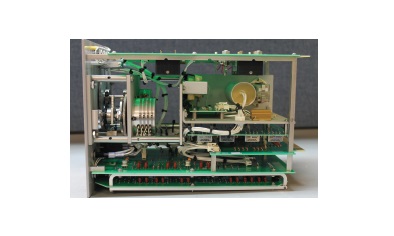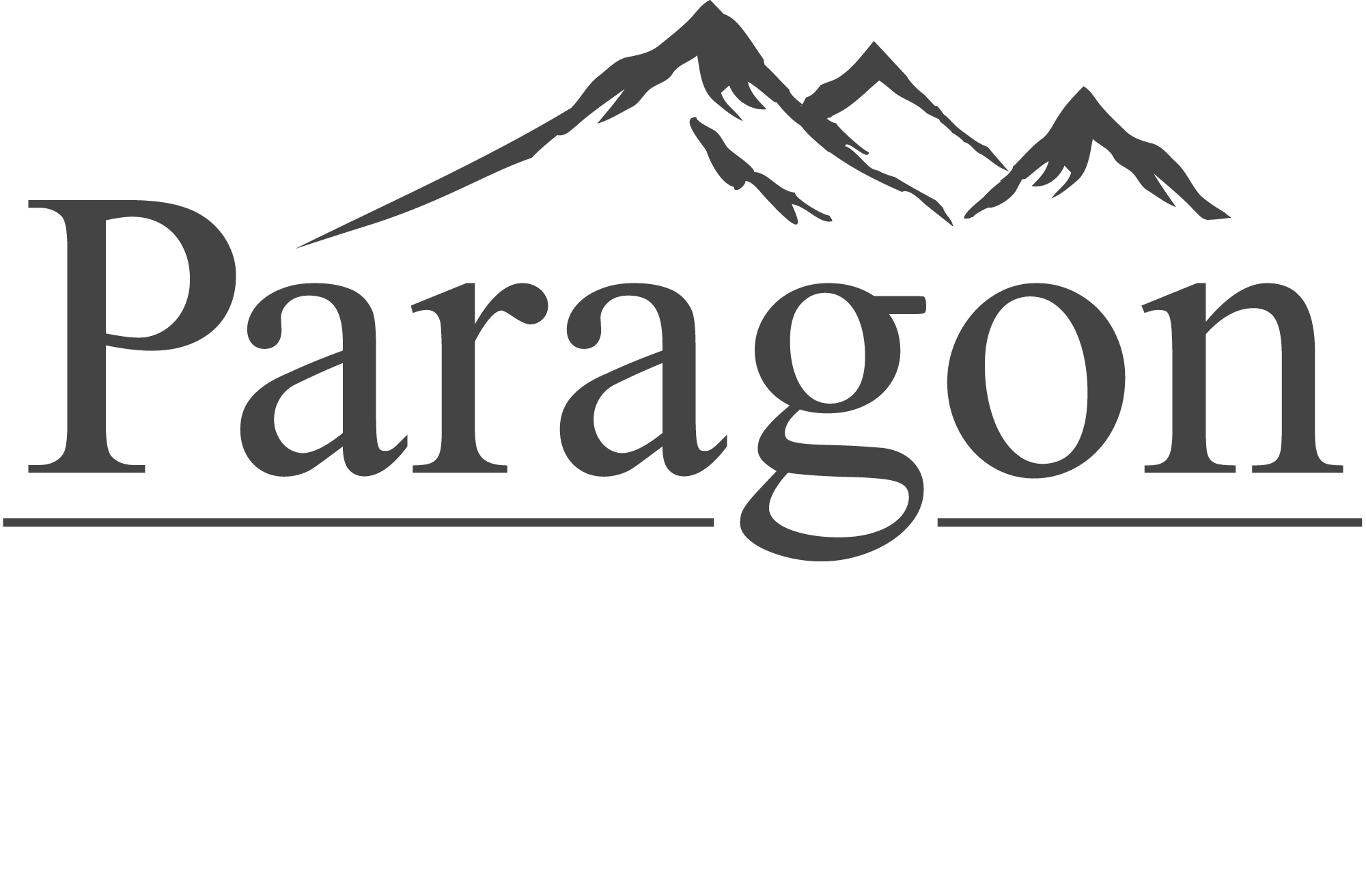Categories

Paragon is featured in Nuclear Engineering International magazine: Nuclear Moneyball – The Art of Winning. In the high-risk era of plant modernizations and closures, can playing the odds help modest-budgeted plants thrive?
IF YOU’RE A FAN OF baseball or even sports analytics, you have likely heard of Moneyball: The Art of Winning an Unfair Game. The book by Michael Lewis – published in 2003 and made into a movie in 2011 – is about a resource-constrained baseball team and its savvy general manager. Its focus is the team’s analytical, evidence-based approach to assembling a competitive baseball team despite a seemingly
unsurmountable budget disadvantage. We will explore a key, parallel idea relevant to securing the future of nuclear instrumentation and control (I&C) systems.
Unfortunately, in the two decades since the book’s publication, the nuclear industry has been frustratedly
anticipating the next true renaissance. Though, as full-plant modernisations are underway, the long- heralded new era looks to be “just around the corner.” What can we learn from the triumph of a modest baseball team that might just help us get over our own systematic hump? Hint: it’s an unlikely link between on-base percentage and your plant’s bridging strategy.
The 2020s are an exciting time to be supporting nuclear. Along with the first subsequent license renewal (SLR) approvals (and subsequent de-approvals #NoTakeBacks) from the NRC, the DOE is heavily invested in advanced reactor technology. Many SMR start-ups are starting to show real promise to bring Gen IV reactors online within the next decade. While a handful of current-fleet and advanced reactors are bravely leading the US digital revolution, most of the remaining industry must figure out a way to move
their more risk-averse cultures onboard with their future at stake.
Surprisingly, some digital safety-related systems selected for present-day modernisation are considered obsolete from the OEM perspective.
Modernisation evokes excitement and hope but often carries an intimidating connotation because of legacy challenges with digital upgrades. Are we dutifully pausing to ask whether it is necessary or even worth the additional resources and regulatory risk for all plants to pursue the same steep, uphill path? What can plants without the appetite or resources for such an undertaking expect? A full-scale digital upgrade of safety-related systems plus a control room overhaul might be too daunting for non-fleet reactors or single-unit plants to justify. Yet the pressure of obsolescence – concerns from analog component sourcing scarcity to unsupported vendor platforms – is undeniable.
In a presentation on digital transformation, one subject matter expert and executive at a large US-based nuclear fleet, presented their thoughts on the factors contributing to the industry’s current technological bottleneck as an Industry-wide problem:
- Original construction systems are reaching the end of their practical service life and performance issues are becoming more common
- Modernization of safety systems has stalled over time, resulting in obsolete technology and equipment that is costly to maintain
- The industry is facing economic challenges and must find innovative ways to reduce labor and material costs while increasing safety and reliability
The slow adoption of digital technologies in the nuclear industry has led to a lack of innovative solutions in the digital I&C space, especially within safety-related I&C applications. With a dearth of opportunities for upgrades, many suppliers forwent improved designs and kept legacy digital platforms as the primary digital I&C architectures for use in nuclear power plants, long after these technologies have been retired in other industries.
One nuclear industry solutions provider offers a FPGA-based controls platform based on contemporary design. By taking advantage of opportunities at SMR start-up companies, Paragon’s Rock Creek Innovations’ HIPS platform brings much needed innovation to the industry. Designed by Rock Creek, with support from NuScale, the HIPS platform has revolutionised safety-related I&C by addressing nuclear-centric issues with a de-risked, hardware-based solution.
The right controls platform represents a small fraction of the life-extension effort. We understand the pressure is on to full-scale modernise (and this article is not adding to that push), but that does not mean all plants must fall-in-line for the same cookie-cutter strategy. From our perspective, there are as many viable solutions for the next twenty years as there are operating sites aiming to make it that long. The customer’s appetite for risk, market regulation, and most importantly individual culture must be thoughtfully considered when plotting the future. EPRI’s Design Engineering Guide, EPRI 3002011816 DEG 122018, describes four strategic options for approaching an I&C upgrade:
- Aggressive: plant-wide replacement of I&C architecture with concepts similar to an ALWR, introduction of an advanced control room, and significant changes to plant operations and maintenance practices
- Resource-constrained: a more limited and incremental approach, foregoing dramatic productivity benefits and instead focusing on managing obsolescence and plant availability risks
- Tactical upgrades: system-by-system tactical upgrades only when obsolescence or plant availability risks become unacceptably high
- Maintain or replace legacy components: a run-to-failure approach by providing spare parts for existing analog equipment over extended periods, combined with like-for-like component replacements (using either analog or digital components) when necessary
Regardless of where your I&C group identifies on the risk spectrum, Paragon crafts best-fit strategies for a holistic I&C lifecycle approach. In Moneyball, the team’s manager boldly focuses on on-base percentage statistics of the players rather than the conventional “wisdom” of the industry. You, too, can be the analytical, savvy employee who delivers your team (read: plant) from the brink of obsolescence by focusing on the right metrics for your individual circumstance. We call this a bridging strategy.
A bridging strategy is a sensible approach to match your long-term plan with available resources. Outside of complete digital upgrades, bridging strategies are not only fiscally responsible but can be a shrewdly weighted choice for the risk averse. Initial considerations from Paragon’s integrated-approach services include:
- Bolstering spares through industry-wide smart component sourcing
- Technical analysis of key components and reverse engineering thereof
- The HIPS FPGA-based platform to reduce the regulatory risk of modernization projects involving digital safety related systems (compared to non-deterministic microprocessor-based systems)
- A channel-by-channel HIPS approach to upgrading I&C systems, incrementally funding installation(s) as money becomes available to the project
We encourage our customers to consider the full spectrum of upgrade strategies then contact the I&C vendor aligned with your site’s values and culture to begin planning for your plant’s upcoming life extension.
Regardless of the futuristic atmosphere of your plant, while you are keeping critical systems operating safely and efficiently for the long-term, know that the right vendor has your back and understands our industry’s dire need to keep every plant online if we are to reach our clean energy goals.
